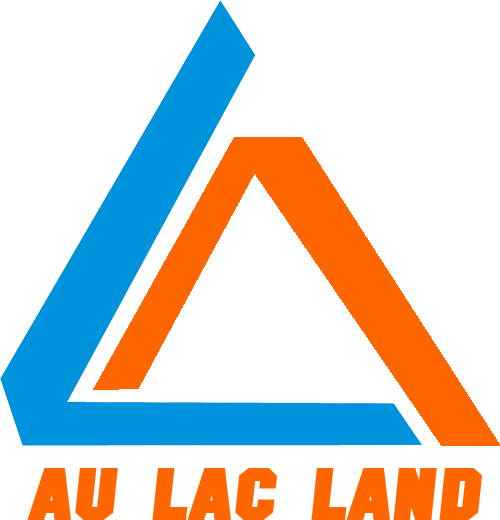Real estate photography has evolved into a highly sought-after genre that beautifully captures the essence of properties. The demand for captivating real estate images is at an all-time high, playing a crucial role in attracting potential buyers and enticing them to explore properties further. In this comprehensive guide, we will delve into the world of real estate photography, covering essential aspects such as equipment, shooting techniques, post-production, and valuable tips for success.
What is Real Estate Photography?
Real estate photography is an art form that goes beyond simply capturing houses. It requires the skills of a cameraman, a stylist, a lighting expert, and a networker. A successful real estate photographer builds strong relationships with realtors while displaying expertise in capturing the essence of each property. The size of the home and its surroundings play a significant role in determining the gear setup. Furthermore, attention to detail in lighting every room, including challenging spaces like basements and narrow hallways, is crucial. A skilled real estate photographer must also capture stunning exterior shots, showcasing gardens, pools, or the building itself.
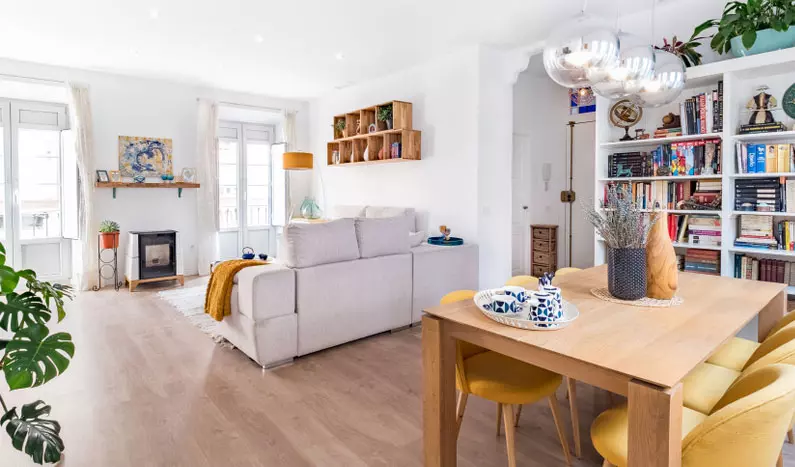 Capturing the allure of a living room
Capturing the allure of a living room
How to Become a Real Estate Photographer?
To embark on a successful journey as a real estate photographer, it is advisable to learn from experienced professionals. Volunteering your services and shadowing an established photographer is a great starting point. Additionally, explore local property listing sites and reach out to agents, offering your photography skills. Simultaneously, invest time in researching and acquiring the necessary equipment for your real estate photography business.
The Lucrative World of Real Estate Photography
Real estate photography has the potential to be a highly profitable venture, with photographers charging upwards of $200 for an average household. Larger properties exceeding 4,000 square feet can command fees of $400 or more. Pricing varies depending on location, with cities like New York and San Francisco demanding higher rates due to high demand. Real estate agents are willing to invest more to secure stunning visual assets that bring in potential buyers.
The Essential Education for a Real Estate Photographer
Unlike many businesses, real estate photography can be self-taught. While no licensing is required in most places, investing in insurance is highly recommended. Insurance covers any potential accidents or damage caused by the photographer or their equipment while on a property. It is essential to master real estate photography techniques before charging higher rates, and building a strong portfolio is crucial in justifying premium pricing.
 Capturing the essence of a living room
Capturing the essence of a living room
Planning: The Key to a Successful Shoot
Before setting up lighting equipment and adjusting camera settings, meticulous planning is essential. Many real estate photographers visit the property beforehand to assess lighting conditions and determine the necessary equipment. Taking note of natural light sources, assessing the property's size and surrounding landscape through Google Maps, and studying the property listing are crucial steps. It is also advisable to create a detailed shot list, ensuring no aspect of the property is overlooked during the shoot. Preparing the camera bag the night before, with all necessary equipment, ensures a smooth and confident shooting experience.
Shooting Interiors: Unveiling the Soul of a Property
When shooting interiors, the first step is to declutter the space. As a photographer, it is your responsibility to remove unnecessary objects and create a clean and inviting atmosphere. Buyers want to envision themselves in the space, and personal items from the current occupants can be distracting. After decluttering, carefully consider angles and compositions that showcase the room's best features. Climbing inside closets or small doorways can create the illusion of larger spaces when using wide-angle lenses. Deciding whether to keep the lights on or off is a subjective choice, with both approaches having pros and cons. Leveraging natural light and capturing exterior views from inside the property adds depth and appeal to the images. When additional lighting is necessary, external flash units can be used to illuminate the space and highlight important details.
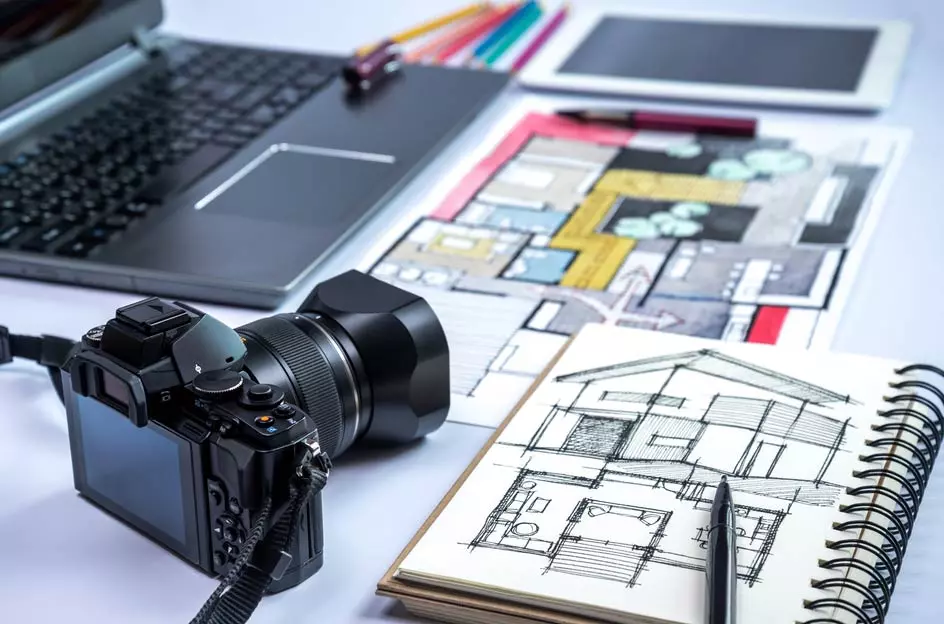 Enhancing the ambiance with lights
Enhancing the ambiance with lights
Styling Rooms
Staging each room is essential to create an inviting and visually appealing atmosphere. Key considerations include rearranging furniture, maintaining consistent lighting throughout the property, keeping doors open to create flow, and hiding unwanted elements such as sponges or cleaning materials. Attention to detail is crucial, ensuring beds are neatly made, carpets are flat, and personal belongings are discreetly kept out of sight.
Shooting Exteriors: Capturing the Property's Essence
Exterior photography is often easier due to the abundance of natural light. A tripod or handheld approach can be adopted, as slow shutter speeds are not usually required. To add variety and capture unique perspectives, drone photography can be employed, particularly for properties situated near waterways.
 The allure of the property's exterior
The allure of the property's exterior
Essential Equipment for Real Estate Photography
While skill and creativity define a photographer's talent, having the right equipment can significantly enhance the quality and efficiency of real estate photography. Here are some crucial tools to consider:
Camera
Full-frame cameras are preferred for real estate photography, as they eliminate the crop factor, making spaces appear larger and more accurate. Manual shooting capability is essential for adjusting settings based on different lighting conditions in each room.
- Canon 5D Mark IV
- Nikon D850
Lenses
Wide-angle lenses are highly recommended for capturing expansive spaces. The popular choices among real estate photographers are the Canon EF 17-40mm f/4L USM Ultra Wide Angle Zoom Lens and the Nikon AF-S FX NIKKOR 16-35mm f/4G ED. However, tilt-shift lenses are also worth exploring, as they provide distortion-free images and add a touch of elegance to the shots.
Tripod
Using a tripod is critical for stability, particularly when shooting interiors at slow shutter speeds. It ensures sharp images and maintains a consistent horizon line, essential for professional results.
 Perfecting the planning process
Perfecting the planning process
Light Stands
Light stands are essential for strategically placing external flash units to illuminate different corners of the room, creating a balanced and visually appealing atmosphere.
Polarized Filters
Polarized filters help block excessive light, allowing photographers to capture vibrant outdoor shots without losing important details such as the sky and sun colors.
Mastering Lighting Techniques
Lighting plays a crucial role in real estate photography. Employing flash units effectively enhances the overall quality of the images. Utilizing multiple light sources, including on-camera flash, softboxes, and bounce techniques, ensures a well-lit and inviting environment. For rooms with ample natural light, balancing interior lighting with open curtains and windows provides a seamless blend of indoor and outdoor elements.
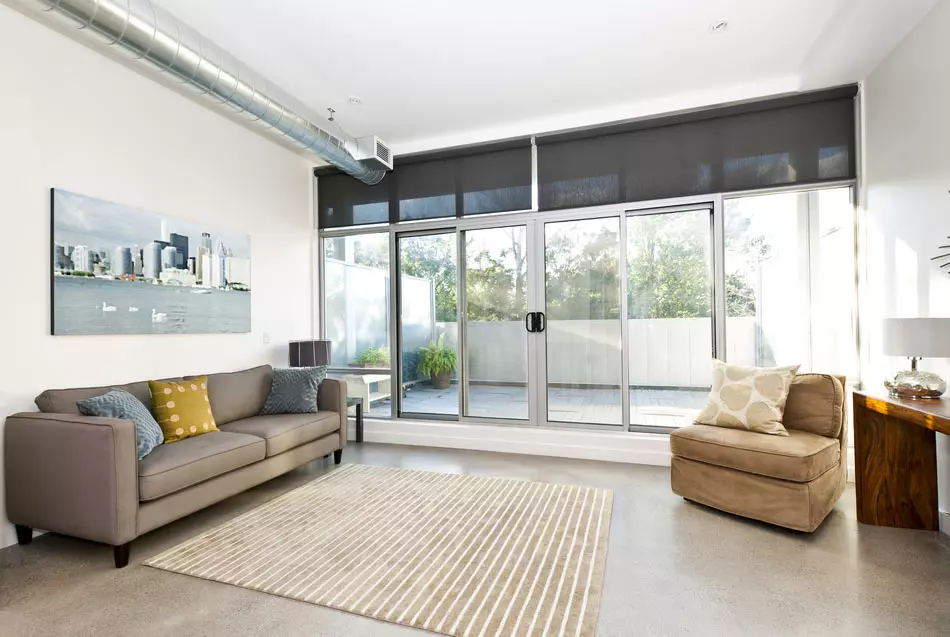 Harnessing the power of light
Harnessing the power of light
Camera Settings
Setting up the camera correctly is vital for capturing exceptional real estate photos. Starting with shooting in RAW format, adjusting the aperture to maintain sharpness throughout the interiors, and using a tripod to avoid image blurring are essential steps. Keeping the ISO low helps maintain image clarity and minimize grain. Adjusting the white balance, highlights, and exposure during post-processing further enhances the final results.
Editing Real Estate Photos
Post-processing your real estate photos is crucial to elevate them to a professional level. With software like Lightroom and Photoshop, you can fine-tune various aspects such as white balance, highlights, shadows, and lens corrections. Utilizing presets can expedite the editing process, allowing for quick adjustments and enhancing the overall visual impact.
Tips for Real Estate Photography Success
To become a top-tier real estate photographer, consider the following essential tips:
1. Drone Photography
Invest in a drone to capture breathtaking aerial views of properties. Aerial photography provides a unique perspective that captures buyers' imagination and excitement, making it an excellent addition to your portfolio.
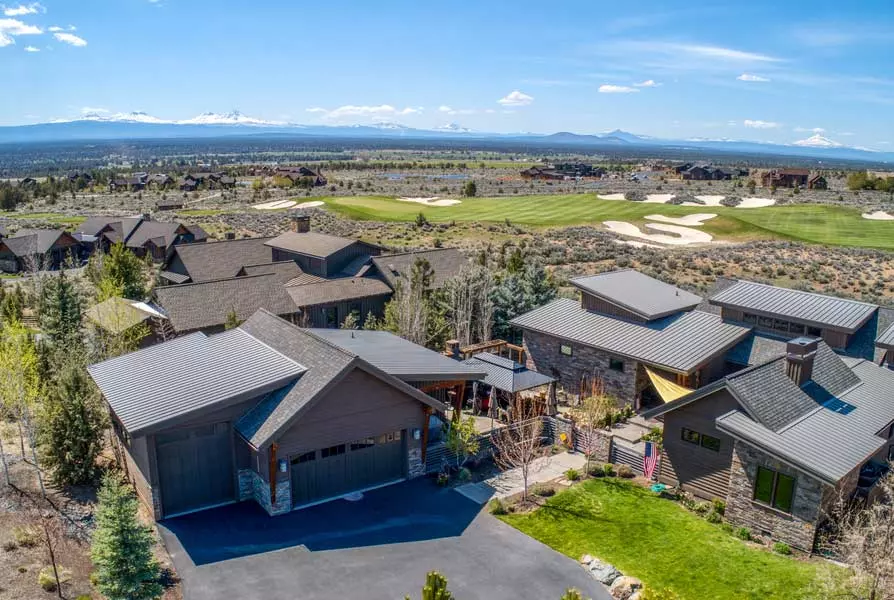
2. Offer Virtual Tour Videos
Enhance your services by providing virtual tour videos of properties. Clients increasingly expect immersive online experiences, and platforms like Kuula, 3DVista Virtual Tour Pro, CloudPano, and Pano2VR offer excellent hosting options.
3. Avoid Excessive Ceiling in Photos
When capturing interior shots, avoid including too much ceiling in the frame. By focusing on the room's features and maximizing valuable space, you can showcase the property more effectively.
4. Capture Detail Shots
Don't forget to capture detailed shots that highlight unique features of the property, such as elegant flooring, stylish ceiling fans, beautiful flower gardens, or well-appointed furniture.

5. Ensure Sharp Images
Blurry images undermine the professionalism of real estate photography. To avoid this, always use a tripod, and consider investing in a remote trigger for added stability.
6. Optimal Depth of Field
Maintaining a deep depth of field ensures that every element in the image is sharp and in focus. Setting your aperture to f/5.6 or higher is ideal for capturing comprehensive room shots.

7. Explore Different Angles
Experiment with different angles to showcase various perspectives of each room. Capture vertical lines to create a sense of spaciousness, and explore unique viewpoints to spark buyers' imaginations.
Unlocking the Power of Learning
Continual learning is key to mastering the art of real estate photography. Explore online classes and courses tailored for different skill levels, ranging from beginners to advanced levels. These resources provide valuable insights and techniques to refine your craft.
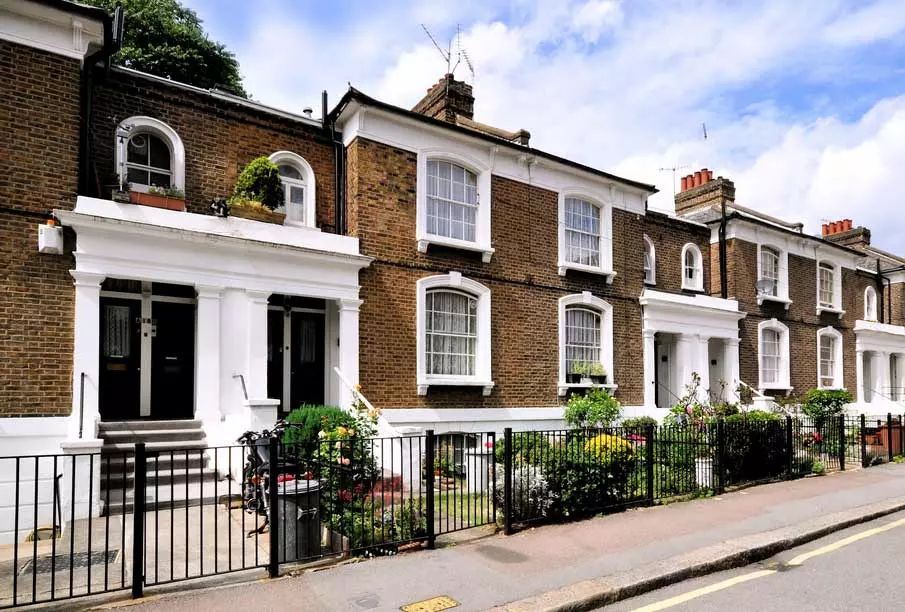
Conclusion
Real estate photography offers a rewarding and lucrative career path. By honing your skills and following the techniques and tips outlined in this comprehensive guide, you can establish yourself as a sought-after real estate photographer. Remember, building a strong portfolio and providing exceptional visual assets to clients are the keys to success in this dynamic industry. Embrace the art of capturing dream homes, and keep evolving as a skilled real estate photographer. Share your thoughts and experiences with us in the comments below.
